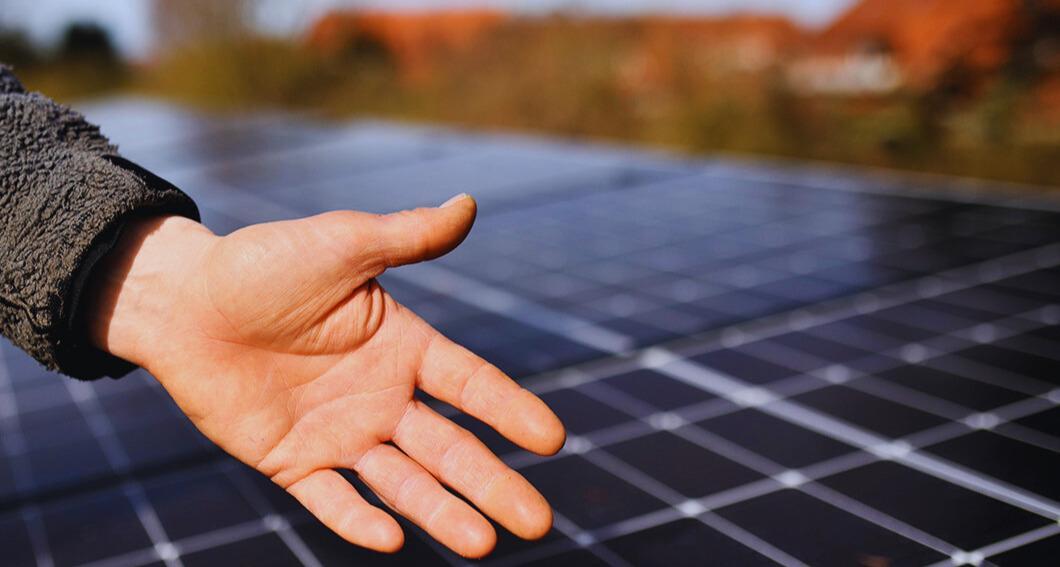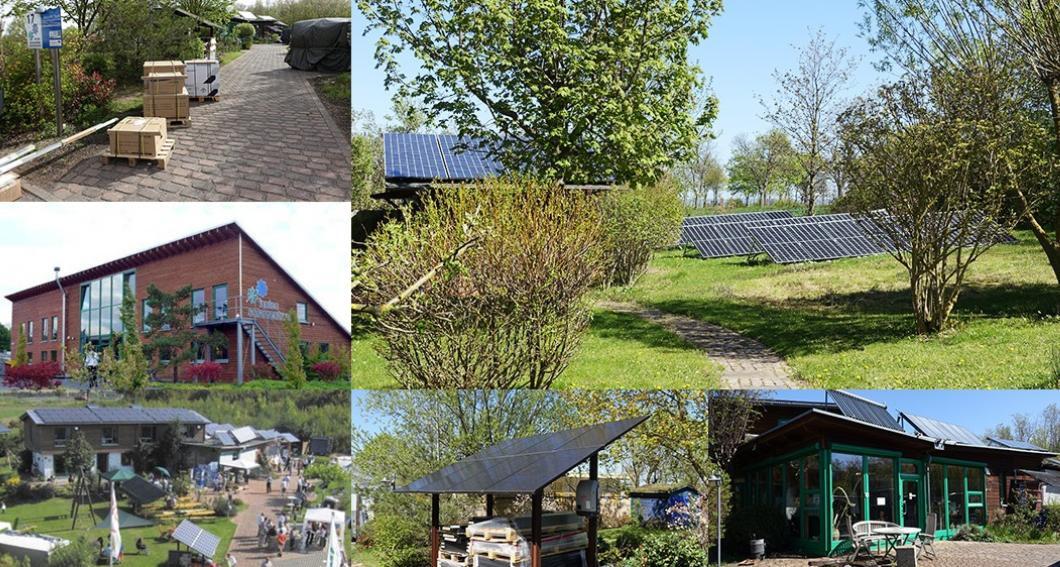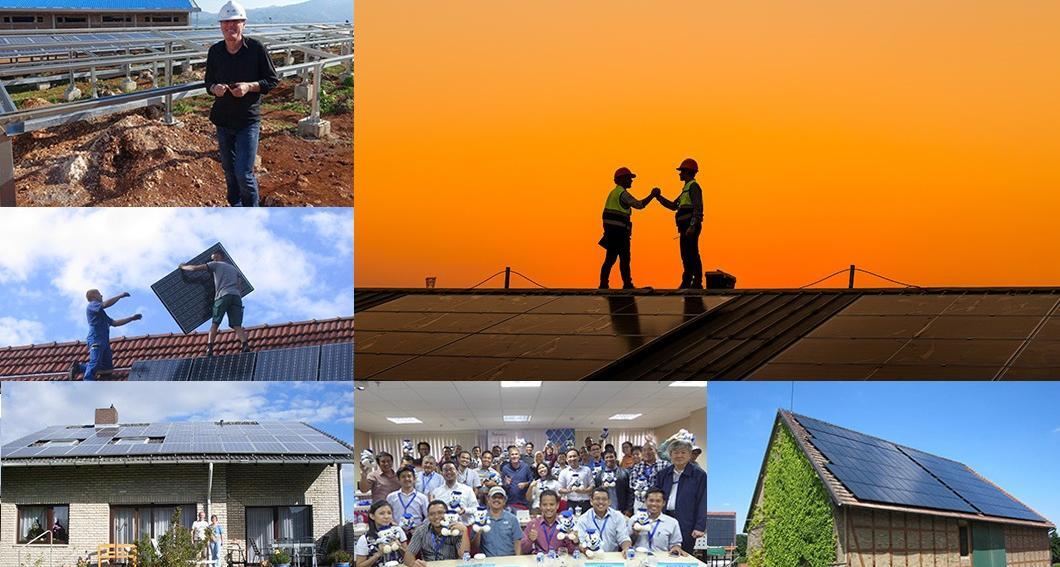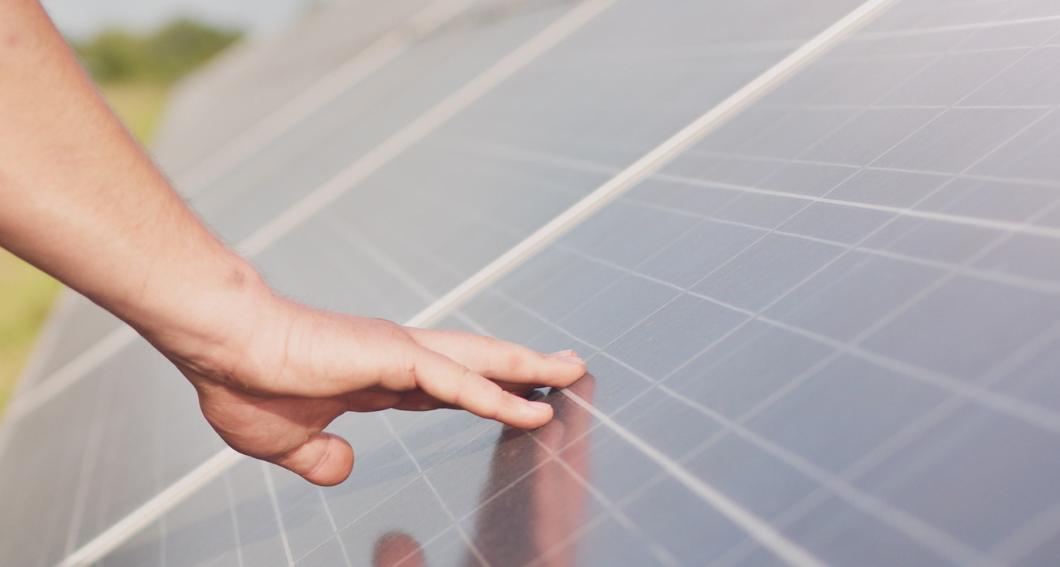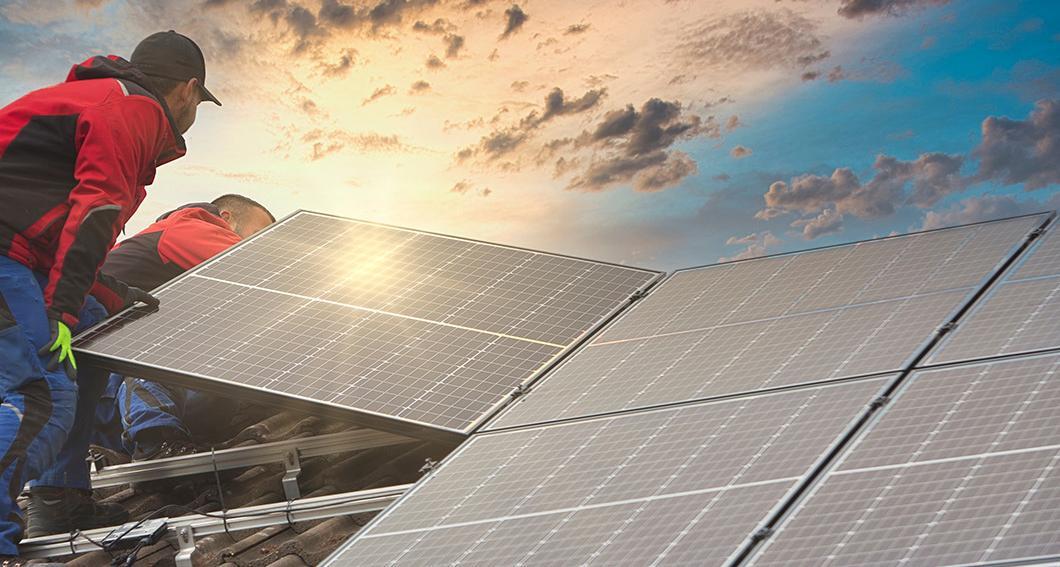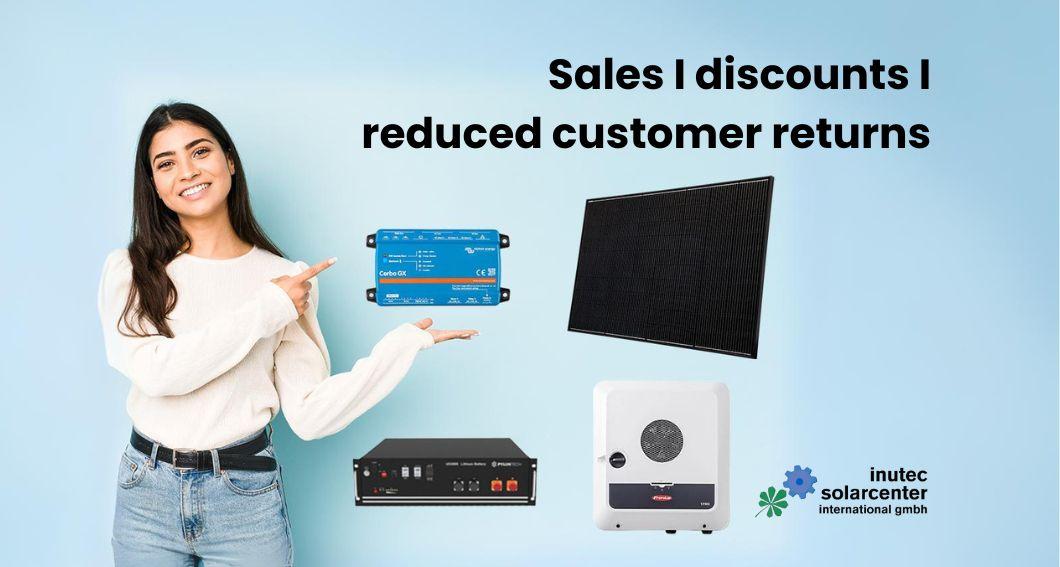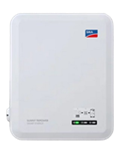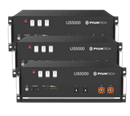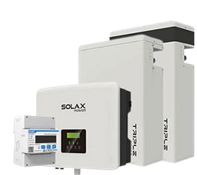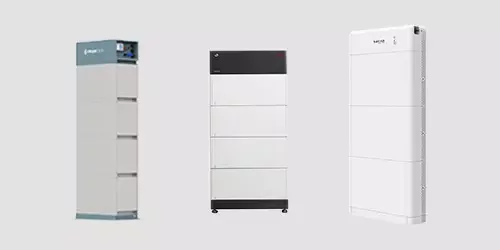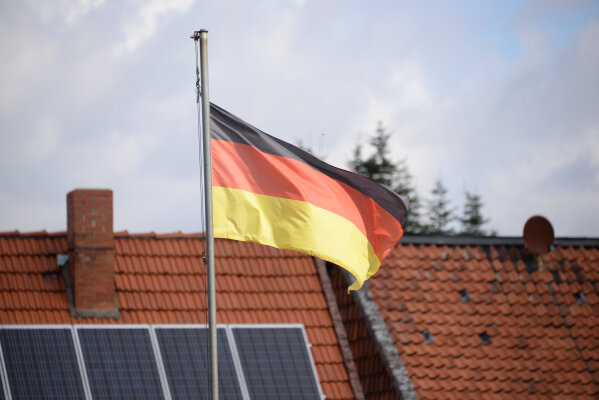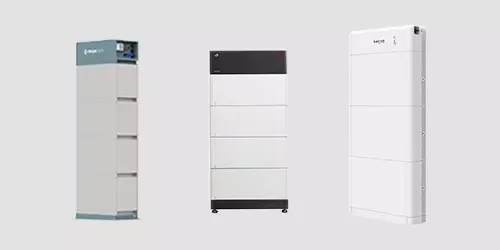From Practice:
In our free technical consultation, on the communication platform on our website,
it often revolves around the differences between 1 and 3-phase inverters and the resulting consequences.
These differences are not insignificant, while 1-phase inverters are almost always compatible with low-voltage storage, 3-phase inverters almost always work only with high-voltage batteries.
|
1-phase inverters Low Voltage Storage (48V) BMS is already built-in 3-phase inverters High Voltage Storage BMS must be purchased additionally |
Important: In principle, hybrid and battery inverters should only be operated with storage units for which they are also certified, and for which manufacturers have created a common protocol for each other. Otherwise, malfunctions, limitations, and potentially even security issues may occur, which are not covered by a warranty.
Differences between a 3-phase and a 1-phase inverter
- 3-phase inverters are typically used for PV capacities of around 5.5 kWp or higher,
as they distribute the higher power across three phases to avoid imbalance issues.
-
A 3-phase inverter distributes its power to three separate phases (L1, L2, and L3), which are present in more than 95% of German households. This allows for higher power delivery through even distribution.
-
In practice, however, unsymmetrical loads often occur, where the loads on the phases are not equal or the phase current is not balanced.
- It is important to consider the extent to which 3-phase inverters can work unsymmetrically.
Some 3-phase inverters can only deliver 1/3 of their total power on each phase, while some are capable of handling up to the maximum allowed imbalance of 4.6 kVA.
- 1-phase inverters generate alternating current on one phase and are typically used for smaller solar installations up to 5 kW (4.6 kVA) output in residential homes.
Depending on the orientation, they can support PV power of up to 5.4 kWp for south-facing installations, and even 7 kWp for east-west orientation. - In Germany, a 1-phase inverter is only approved for AC output power up to 4.6 kVA.
- 1-phase hybrid/battery inverters are typically only compatible with low-voltage storage systems from specific manufacturers.
For example, the very popular Pylontech US Battery Series is only compatible with specific single-phase inverters.
Nur ein einziger Hersteller, die französische Firma Imeon Energy, hat einen dreiphasigen Wechselrichter im Programm, der mit den US2000C, US3000C, und US5000 Akkus kompatibel ist.
Hingegen gibt es einige einphasige Wechselrichter, die mit diesen US Low Volt Speichern von Pylontech kompatibel sind, die Geräte der Firma Sofa Solar, GoodWe und Solis. Only one manufacturer, the French company Imeon Energy, offers a three-phase inverter in its product range that is compatible with the US2000C, US3000C, and US5000 batteries.
On the other hand, there are some single-phase inverters that are compatible with these US Low Voltage storage systems from Pylontech, including devices from Sofa Solar, GoodWe, and Solis. Not to forget, all devices from the Dutch manufacturer Victron Energy are compatible with Pylontech US storage systems.
For this reason, we also have all these single-phase devices available in sufficient quantities from our warehouse in Schladen.
In a conventional high-voltage battery, an external BMS is always required, which costs an additional 700-1000 €. Read on to learn more about the differences. Important: Not compatible with Pylontech are all inverters from the Chinese manufacturer Growatt. There has been no common protocol for several years, so fundamentally all Growatt inverters and all Pylontech storage systems are not compatible.What is a Phase Imbalance? Phase imbalance The limit for maximum phase imbalance in the power grid in Germany is 4.6 kVA. This value is defined in the VDE-AR-N 4105 (Technical Rules for the Connection of Customer Systems to Low Voltage Networks).
Advantages and Disadvantages of Low Volt and High Volt Storage Systems: Low-Volt Storage:
High-Voltage Storage:
You can view our range of low-voltage storage systems at the following link: |

